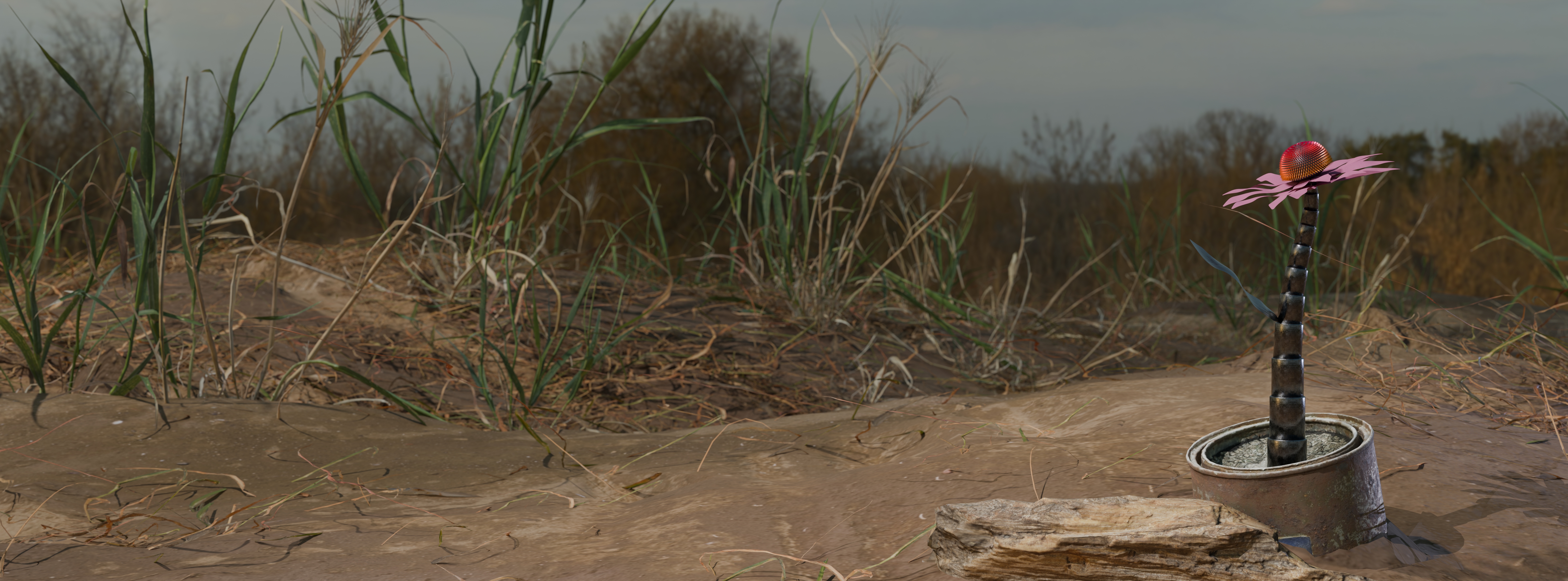Let’s call it mika-hi 1, as the Omaha and Ponca people named it. The word means “comb plant,” on account of the flower’s spiked head which was used to comb hair.
Let’s call it ksapitahako, as the Pawnee people do, meaning “hand, to whirl,” reflecting the way that children would spin the flowers as toys, or saparidu hahts, meaning “mushroom medicine.”
Let’s call it ica’hpe hu, as the Lakota people do, meaning “something used to knock something down,” showing how the flower’s heavy head was used to dislodge out-of-reach objects.
Let’s call it practical. The coneflower was said to be the most widely used medicine by the indigenous people and pioneers of the prairie.
Let’s call it an antidote, used against venom, poison, bites and stings, or a painkiller for stomachaches and tonsilitis and rotten teeth, or a cure for putrefaction and hydrophobia, as various indigenous communities have for hundreds of years.
Let’s call it Meyer’s Blood Purifier, as door-to-door salesman H. C. F. Meyer did in the late 19th century, marketing the coneflower as a cure-all, claiming it vanquished, among other things, malaria, gangrene, and tumors. He was so confident in the coneflower’s medicinal properties that in his sales pitches, he would offer to be bitten by a rattlesnake and cure it with his new medicine.
Let’s call it 40 dollars per ounce of extract at Walmart, recommending 20-30 drops 3-4 times a day.
Let’s call it mass-produced.
Let’s call it commodified.
Let’s call it appropriated.
Let’s call it one of the most important plants of the prairie.
Let’s call it what it is: an antidote that was poisoned.
I created this animation in the opensource program Blender. The intention of this visual component was to take a beloved natural feature of the prairie—the coneflower—and reconstruct it in an entirely digital format to represent the commodification of the flower. Simply recreating the flower didn’t feel quite strong enough to match the companion text, so I reconstructed it as a non-organic mechanism complete with factory-like sound effects.
1 All Native American terms from Kindscher, Kelly. Medicinal Wild Plants of the Prairie: An Ethnobotanical Guide. University Press of Kansas, 1992.


